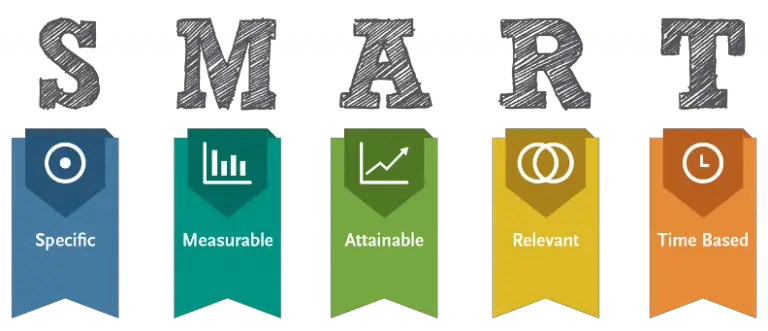Table of Contents
ToggleWhat are quality objectives?

Quality objectives are goals that are tied to the quality policy of an organization. They are key performance indicators used to measure items identified as being very important to the business. Generally, they are performance metrics tied to items such as delivery, quality, and/or safety.
Does ISO 9001 require quality objectives?
The 2015 revision of ISO 9001 requires that an organization has quality objectives. Section 6.2 of the standard describes the requirements.
Per the ISO standard, the quality objectives must coincide with the quality policy. They also must be measured, monitored and communicated. This means you must pick a criterion, set a goal, measure it over a certain timeframe and communicate the results.
For example:
- Criterion = number of customer returns
- Goal = less than 10 returns
- Timeframe = per quarter
- Communication = report the results at management review and to all employees
The communication part can be misleading slightly. The most important people to communicate the results to are the members of the management who are responsible. In the example above, this would likely be someone in a quality control management role.
Communicating to all employees is often done through posting the results on a bulletin board somewhere so the employees can see the quality objective performance.
Who is responsible for the quality objectives?
Management is responsible for setting the quality objectives. Depending on the size of the organization, top management may be responsible or lower-level management may be involved. Smaller businesses are more likely to have heavy involvement from top management.
How do you write a good quality objective?
A good quality objective will follow the rules of SMART. Quality objectives should be specific, measurable, attainable, relevant and time bound.

Specific = customer returns
Measurable = # of customer returns
Attainable = 10 customer returns per quarter because we know our average is 11
Relevant = customer returns are relevant because it ties into our quality policy with regards to doing the job right
Time bound = per quarter
In summary, our SMART quality objective in this example is customer returns with a goal of 10 per quarter.
Setting a goal is important. Make sure your goals are not too easy or too hard. You want to reasonably be able to attain them, but they should be forcing you to continuously improve.
Not every quality objective needs to be related to customer satisfaction or continuous improvement but having quality objectives that are will link them to your quality policy, an ISO requirement.
How many quality objectives should you have?
The answer to this question will be specific to each organization. However, a good starting point would be to have approximately five quality objectives. See the examples below to get an idea of where to start.
Quality objective examples
The quality objective examples below could apply to both manufacturing companies along with service providers.
Quality Objective | Example Goal |
On-time delivery to customer | > 95% on-time delivery |
Customer returns | < 10 returns per quarter |
Supplier on-time delivery | > 95% on-time delivery |
Supplier returns | < 5 returns per quarter |
Safety incidents | 0 safety incidents per quarter |
How often should you review your quality objectives?
Your quality objective performance should be reviewed minimally at every management review meeting. Organizations handle management review in different ways. If you are just getting started then think about starting with quarterly management reviews.
Performing reviews quarterly will allow the organization to address any issues that may arise in a timely manner.
What should you do if you don't meet your quality objectives?
If you don’t meet your quality objectives, you should think about starting corrective action activities. If you miss your quality objective by .1% it doesn’t necessarily require that you generate a corrective action. Continually missing the objective or missing the objective by a substantial margin would be more worrisome and cause for creating a corrective action.
Can you add, remove or change your quality objectives?
Yes, you are free to change your quality objectives as you see fit. You should make sure they are relevant to your organization and its goals (including quality policy). Remember the ISO requirements as listed above when making changes including adding or removing quality objectives.
Quality objectives vs key performance indicators (KPIs)
Every quality objective is a KPI but not every KPI is a quality objective.
Quality objectives are more of an overall picture of the organizational performance such as overall on-time delivery. KPIs can be something much smaller in scope such as customer support response time.
Ultimately, an organization will need to identify the KPIs that are the most important to them and track them as quality objectives. See the examples above to give yourself some ideas of what constitutes a quality objective.
Quality objectives vs quality policy
A quality policy is basically a mission statement. The quality objectives are the items that are measured, monitored and communicated within an organization to ensure that the business is meeting its quality policy.